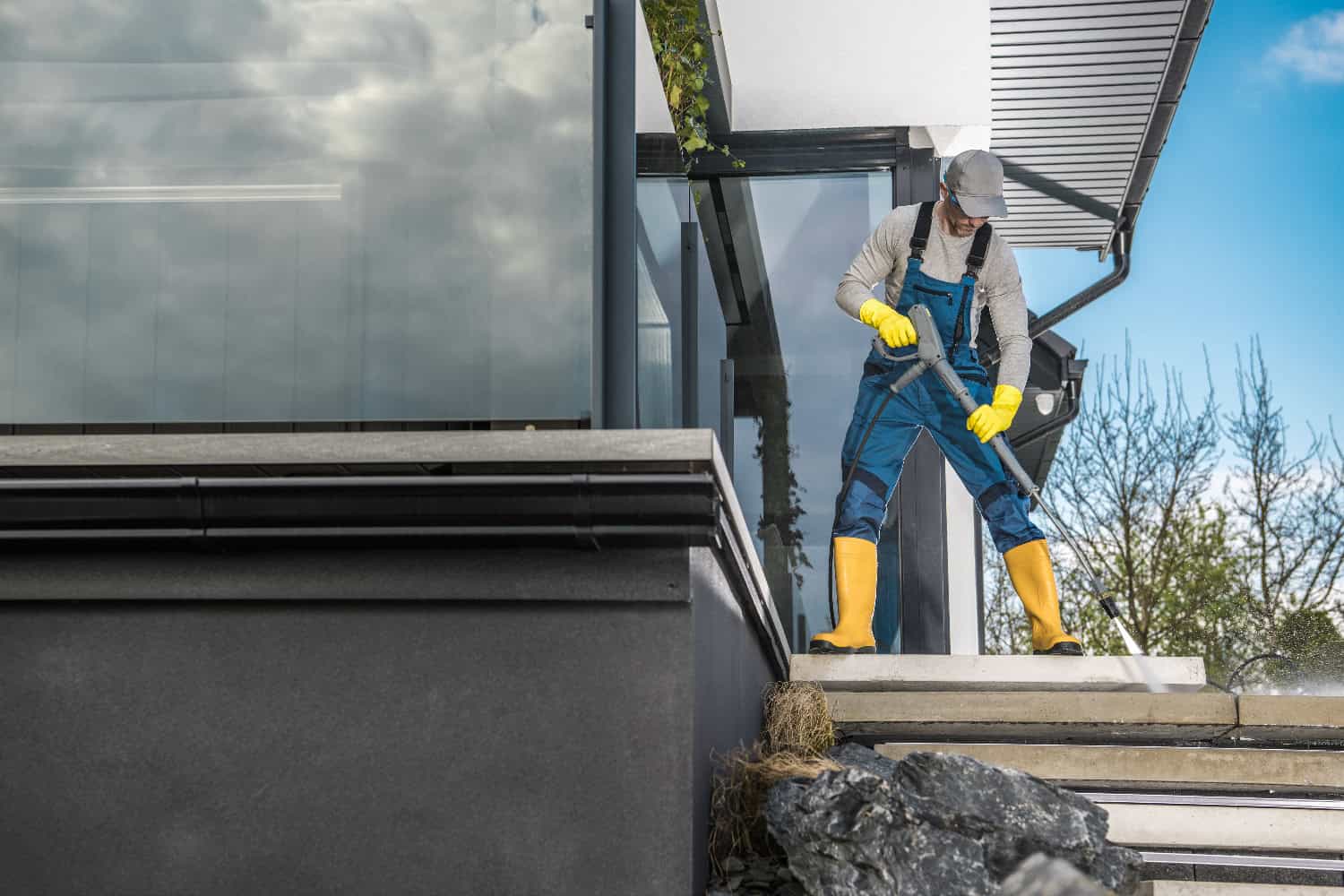Spring Cleaning: A Chance to Do More Than Just Clean
Spring is often heralded as the season of renewal—a perfect time to declutter, deep clean, and refresh your spaces after the long winter months. But what if your business could take spring cleaning one step further? What if it could transform into an opportunity to make your workplace cleaner, healthier, and more environmentally responsible?
For businesses in the Twin Cities, embracing sustainability during spring cleaning isn’t just beneficial for the planet—it’s also great for your bottom line! Eco-friendly practices save resources, reduce waste, and even boost employee morale. And the best part? Creating a sustainable cleaning plan doesn’t have to be complicated.
Let’s dive into how you can turn your spring cleaning routine into a green initiative that benefits everyone.
Why Sustainability Matters in Spring Cleaning
Take a moment to reflect on your current cleaning practices. Are you using disposable supplies that end up in landfills? Harsh chemicals that linger in the air and water? Excessive amounts of water or energy that drive up costs?
Traditional cleaning methods often come with hidden environmental costs. However, businesses that prioritize sustainability can:
- Reduce their ecological footprint by switching to greener alternatives.
- Improve indoor air quality and employee health by eliminating toxic products.
- Save money over time by adopting efficient practices that minimize waste.
In today’s world, sustainability isn’t just a trend—it’s an expectation. Employees and clients increasingly value businesses that take responsibility for their environmental impact.
The Green Cleaning Toolbox
So, how do you make your spring cleaning plan sustainable? It starts with rethinking the tools and products you use. Here are some essentials for eco-friendly cleaning:
- Biodegradable Cleaners: Swap out chemical-heavy solutions for plant-based products that break down naturally without polluting air or water.
- Reusable Supplies: Microfiber cloths, washable mop heads, and refillable spray bottles reduce waste while proving more durable than disposable options.
- Energy-Efficient Equipment: Choose vacuum cleaners with HEPA filters that conserve power and improve air quality by trapping allergens.
These small changes can significantly reduce your environmental impact and are easy to implement!
A Fresh Take on Decluttering
Spring cleaning often involves decluttering workspaces—but what happens to everything you throw away? This year, challenge yourself to declutter responsibly:
- Recycle Smartly: Set up clearly labeled bins for paper, plastics, electronics, and other recyclables—partner with local recycling centers for items like batteries or old equipment.
- Donate Usable Items: Home furniture, electronics, or supplies that are still functional can be donated to schools or nonprofits instead of discarded.
- Go Digital: Reduce paper clutter by digitizing documents and encouraging employees to opt for electronic communication whenever possible.
Decluttering doesn’t have to mean waste—it can be an opportunity to give back and reduce landfill contributions.
The Role of Air Quality in Green Cleaning
Spring is also allergy season, making indoor air quality more important than ever. Instead of relying on chemical air fresheners, focus on natural ways to keep your office air clean:
- Introduce indoor plants like spider plants or peace lilies that filter toxins from the air.
- Ventilate regularly by opening windows on low-pollen days.
- Replace HVAC filters with high-efficiency options to effectively trap dust and allergens.
Cleaner air benefits everyone—not just allergy sufferers—and creates a healthier workplace environment.
Making Sustainability a Team Effort
Sustainability works best when embraced by everyone—not just facility managers or cleaning staff. Involve your employees in green initiatives by:
- Hosting workshops on eco-friendly habits (e.g., proper recycling or reducing energy use).
- Encouraging personal desk cleanups using reusable supplies instead of disposable ones.
- Rewarding teams for adopting sustainable practices in shared spaces like breakrooms or meeting rooms.
When sustainability becomes part of your workplace culture, it feels less like a task and more like a shared goal.
Conclusion: Spring Cleaning That Makes an Impact
Spring cleaning doesn’t have to be just another routine—it can be an opportunity to refresh your workplace while making meaningful environmental changes. By choosing eco-friendly products, decluttering responsibly, improving air quality naturally, and involving employees in green initiatives, businesses in the Twin Cities can lead by example in sustainability.
For those looking to enhance their green cleaning efforts further, professional services can provide tailored solutions designed with sustainability in mind. MN Services specializes in eco-friendly practices that ensure cleanliness without compromising environmental values—helping businesses achieve their goals while staying green.
